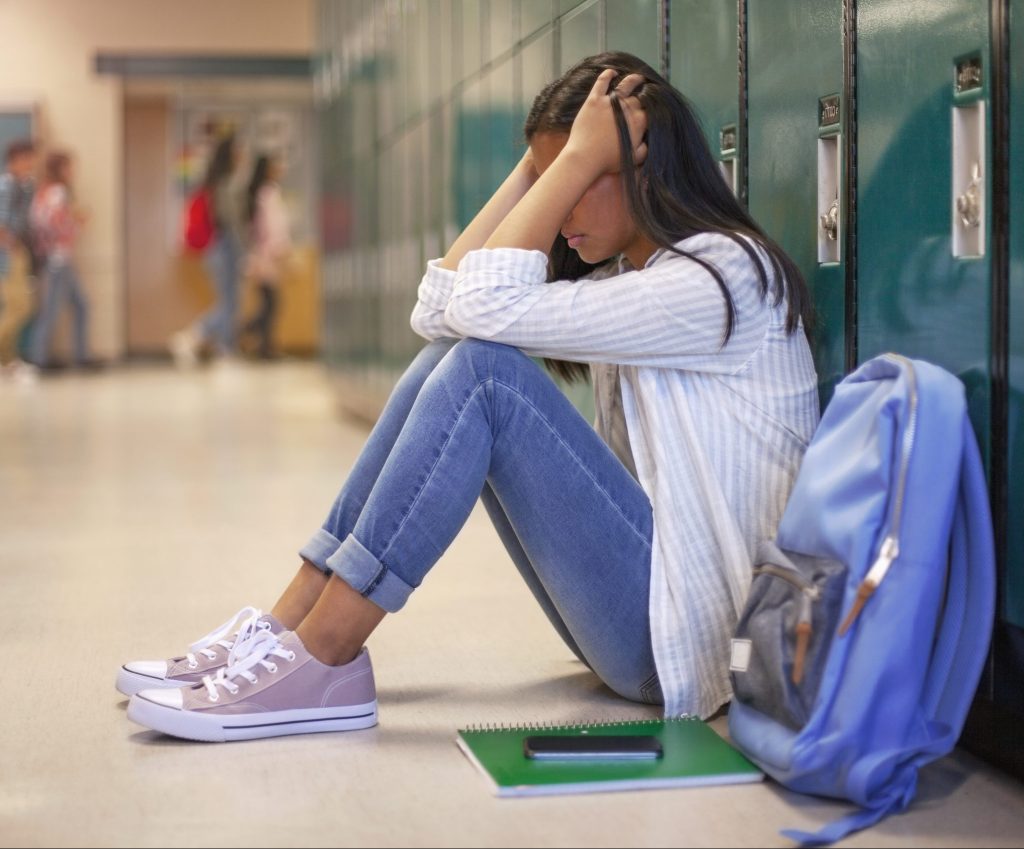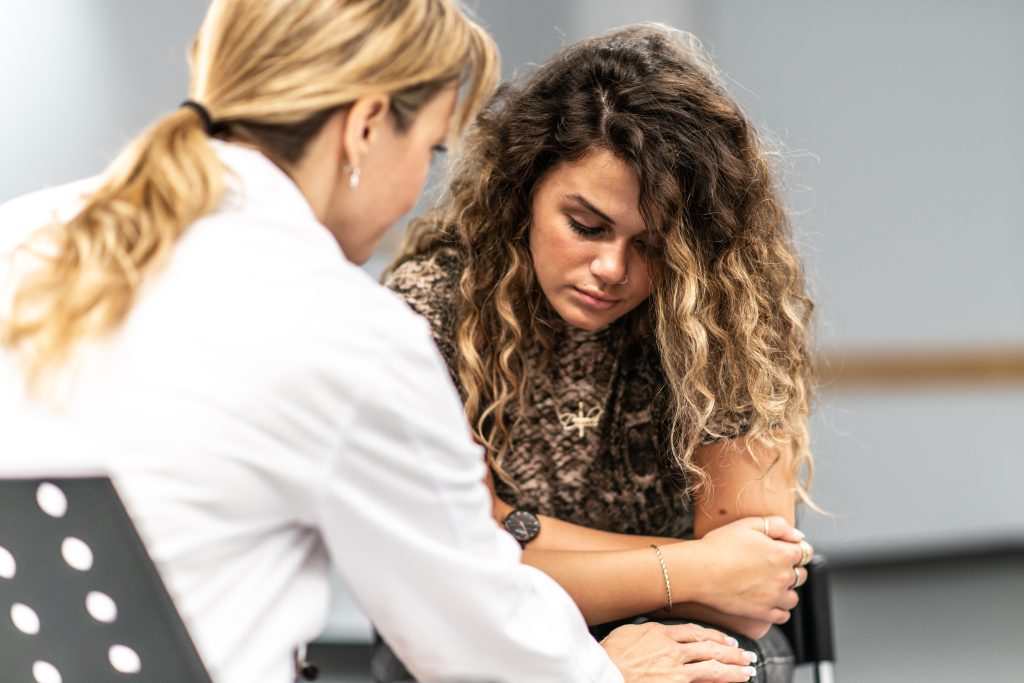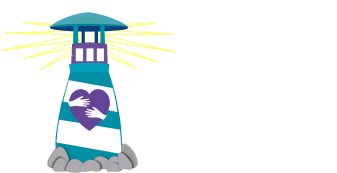School resources
Idaho Guidelines for suicide prevention in schools
School personnel spend more time with our children than any other professionals and are thus in a valuable position, through appropriate knowledge and action, to prevent suicide among students. IDAPA 08.02.03.160 states that “the State Board of Education rule requires that each school district adopt, and review annually, a comprehensive district-wide policy and procedure encompassing…7. Suicide Prevention…” among others. The following information is derived from best practices in school suicide prevention including, Madison Metropolitan School District guidelines; Maine Youth Suicide Prevention: Youth Suicide Prevention, Intervention & Postvention Guidelines, The Maine Youth Suicide Prevention Program, 2006; the California State Department of Education guidelines; the Florida Mental Health Institute guidelines; the Substance Abuse and Mental Health Services Administration; and the Idaho Schools and Suicide Work Group, a sub-committee of the Idaho Council on Suicide Prevention.

Suicide Prevention in school settings may best be
accomplished by a four pronged approach
1. Student well-being
There are, of course, many aspects related to the well-being of students. Two of these aspects are of particular importance in preventing suicide as documented by nationally known suicide expert Dr. Thomas Joiner in his book Why People Die by Suicide. Dr. Joiner points to failed belongingness and perceived burdensomeness as the two fundamental elements involved in desire for suicide. School personnel can play a key role in increasing student feelings of belongingness and capability/effectiveness (non-burdensomeness). See School-Based Activities.
2. Gatekeepers
Gatekeeper trainings include all school personnel (including teachers, nurses, bus drivers, secretaries, volunteers, lunchroom personnel, parent representatives, and anyone who has regular contact with students) and must be completed before the student curriculum is in place. See Guidelines for School Gatekeepers.
3. Student training
Student prevention should be administered in a regular, relevant class setting, such as a health course or teen development class with a curriculum that focuses on warning signs, protective factors, available community mental health services, and a strong message of hope, with the purpose of helping students identify classmates or themselves to prevent suicide
Do not present students with curriculum until school personnel, parents, and community mental health providers are on board as gatekeepers and support is available for those presenting with suicide ideation.
Do not present student suicide prevention training within six to twelve months of a completed suicide, depending the readiness of the school community. Continue postvention activities. See School Response Guidelines for Suicide and Sudden Death.
4. screening
It is critical to follow up with students who are identified by the training or coursework as at risk.
Student Well-Being
There are, of course, many aspects related to the well-being of students. Two of these aspects are of particular importance in preventing suicide as documented by nationally known suicide expert Dr. Thomas Joiner in his book Why People Die by Suicide. Dr. Joiner points to failed belongingness and perceived burdensomeness as the two fundamental elements involved in desire for suicide. School personnel can play a key role in increasing student feelings of belongingness and capability/effectiveness (non-burdensomeness). See School-Based Activities.


Gate-Keeping training
Gatekeeper trainings are designed to raise awareness about suicide and suicide prevention. These prevention efforts target and benefit all citizens in a defined community, such as school, and provide basic information about suicide, the warning signs, and how to refer people to help. Gatekeeper trainings vary in length from very brief educational sessions to multiple day trainings. Programs may include classroom/lecture style information dissemination, small group discussion, use of videos with case studies, and/or participant scenario role plays. Many programs include combinations of these educational strategies. Remember that it is better to train youth separately from adults.
Gatekeeper training for identifying youth at risk for suicide
should include:
- Data On Suicide For The Region And/Or State
- How To Talk To Youth: Safe And Appropriate Language And Messaging
- Stigma
- Risk And Protective Factors For Youth
- Warning Signs Of Suicide Ideation In Youth
- Protocol For Dealing With Suicidal Students After School, On Field Trips Or At School Events
- Protocols For Seeking Help For Self And Students
- Information About State Statutes On Responsibility, Liability, And Duty To Warn
- Confidentiality Issues
- Practice On Responses To Varying Scenarios In The School Building Or On The Grounds
Gatekeeper Training Tools as well as a multitude of best practice prevention protocols are available online through www.sprc.org and www.afsp.org.
Student Training: Curriculum concerns
- Curriculum for school-aged children must be carefully chosen; that is, it is based on best practices (fully researched) and age appropriate.
- Curriculum should emphasize the mental health model and iterate often that help is available, to the point of offering places and means to access that help.
- Curriculum needs to address the code of silence in peer groups and emphasize that suicide is not common.
- Collaboration between health education classes (or other appropriate classes) and student health services is highly recommended as the best way to implement curriculum into the classroom because of the sensitivity of the subject matter. The student support services personnel may serve mainly in the role of observer to notice the students’ reactions to the lessons, and/or they may want to present a lesson or two while the teacher observes. Finally, share that the student services personnel are willing to help with any concerns students might have on suicide-related issues.

- Suicidal behavior should not be normalized by allowing students to think that death by suicide is common or a normal response to a stressful event. Instead, share the data about suicide while emphasizing that it is a permanent solution to a temporary problem, and that suicidal behavior usually occurs with a mental illness that is treatable (like depression). This is why we train kids to respond appropriately to their peer’s expressions of suicidal intent through the curricula.
- If any type of assessment/scale to evaluate the mental health issues of students is implemented as part of a curriculum, it is imperative that the teacher/student service provider review these immediately! Students may be at risk and there may also be a liability issue. Also, parents/guardians must be notified both before presentation of such an assessment and afterward be informed if their student is at risk. See link to Guidelines for School-Based Suicide Intervention below.
- Because of the sensitivity and importance of this issue, the curriculum chosen might be presented to school staff, to community agencies connected to youth and to parents/guardians or others who are in a position to follow up with students. Again, parents/guardians should be alerted that the curriculum is being taught beforehand and invited to peruse it on-line or at this presentation. (Some ideas to accomplish this include back-to-school nights, through brochures sent home with students, or in the messages in the schools communication system.)
Important issues in curriculum delivery
- Awareness of Student Issues: Students who have experienced illnesses such as depression or have family members who have attempted or died by suicide may withdraw from the class discussion or make sarcastic comments about the topic. If the student seems upset or angry, please refer them immediately to appropriate student services personnel.
- Addressing Cultural Competence: Suicide affects both genders and all races and ethnicities. Therefore, it is important to include the contributions, images, and experiences of diverse cultural groups in this unit of instruction. Also, be sure that the school has access to interpreters and community mental health services that have experience with cultures/ethnic groups represented in your school.
- Co-occurring Suicide Risk and Substance Abuse: These issues are often interwoven with each other in youth. Alcohol and other drug abuse may add to the risk for suicide attempts. If you suspect this is an issue of concern, please consult with student services personnel in your school or a substance abuse counselor in your community before approaching this issue by yourself.
- Speakers and Assemblies: Students who have attempted suicide should not be used as speakers as other students may identify with them or consider them as receiving extra attention. Because assemblies do not allow for easy identification of students who may be at risk, generally curriculum is best presented in small classroom settings.
- Suicidal behavior should not be normalized by allowing students to think that death by suicide is common or a normal response to a stressful event. Instead, share the data about suicide while emphasizing that it is a permanent solution to a temporary problem, and that suicidal behavior usually occurs with a mental illness that is treatable (like depression). This is why we train kids to respond appropriately to their peer’s expressions of suicidal intent through the curricula.
- Co-occurring Suicide Risk and Substance Abuse: These issues are often interwoven with each other in youth. Alcohol and other drug abuse may add to the risk for suicide attempts. If you suspect this is an issue of concern, please consult with student services personnel in your school or a substance abuse counselor in your community before approaching this issue by yourself.
For sample curricula, contact the State Department of Education student health personnel or visit www.afsp.org, www.sprc.org, or www.samsha.gov.

Screening
Although students may be identified with suicide ideation in schools which do not have crisis plans or suicide prevention protocols in place, counselors, social workers, school nurses, and other school team members generally have been trained to deal with such crises. That said, before implementing a school curriculum for suicide prevention, gatekeepers should be trained to identify students at risk as the curriculum may enable students to identify themselves or others in need of help.
It is not advised to present screening to all students at one time as research shows that a hysterical effect may occur. Legal issues may arise as well unless parents/guardians have consented to such screenings, and any identified students will have access to affordable, appropriate mental health care.
Be sure that parents/guardians are informed if students do present suicide ideation and take immediate steps to protect these students from self-harm.
More on School Suicide, intervention, and postvention
Help bring resources, hope, and support to those
affected by suicide
donating and getting involved
If you are interested in volunteering with us on a regular basis, please fill out the form. You may also join us at our monthly community meetings which are held the first Thursday of each month. See our events page for more information.
Get Involved
Donate
Get Involved
Donate
Support Community Suicide Prevention Through A Donation


